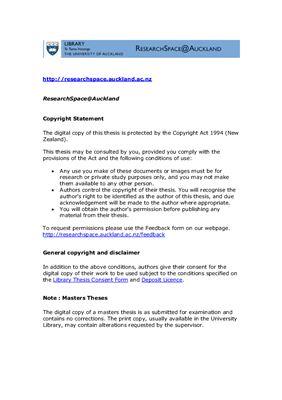На английском языке. Диссертация на соискание ученой степени
доктора наук. Работа выполнена в The University of Auckland, 2009,
277 + XXVI pp.
Abstract
Phase change materials (PCMs) have received increasing interest lately for potential use in heat transfer and thermal energy storage (TES) applications due to their high energy storage density. The major obstacle limiting more widespread application of PCMs is containment of the liquid phase to prevent leakage and migration. To eliminate this problem the PCM can be microencapsulated within a polymer shell as micron sized particles.
The purpose of this project was to develop microencapsulation procedures specifically for PCMs, and manufacture microencapsulated PCM (MPCM) products for use in TES applications, with the aim of expanding the implementation and utilisation of PCMs in these applications, then to evaluate the product using standardised test methods and assess performance in real applications.
In this project, four major microencapsulation methods were used to encapsulate PCM. Various drawbacks were found with these processes, while some microcapsules proved unsuitable for use. This led to the development of a fifth, new microencapsulation method based on suspension polymerisation.
A better understanding of this new microencapsulation mechanism will allow more of a coherent and systematic approach to improving and optimising the process, not just for PCMs but also other applications. Consequently, the polymerisation mechanism and kinetics were studied and modelled based on direct calorimetry of the polymerisation reaction.
To evaluate the quality of the PCM microcapsules a new standardised test method was developed to provide quantitative results based on the volatility of the PCM and diffusion resistance of the microcapsule membrane. Results have shown the new MPCM to have superior performance properties to those capsules produced using the established methods. The effect of using MPCM slurries and particle suspensions to enhance heat transfer in microchannel flow was examined. Heat transfer was found to increase due to the micromixing effect of particle movement. The MPCM then improves the fluid's effective specific heat capacity due to the latent heat effect.
Various forms of PCM were incorporated within gypsum wall- board for the application of TES in buildings. The new MPCM integrated well with wallboard production and gave the best results for strength and containment compared with the alteative inclusion methods.
Phase change materials (PCMs) have received increasing interest lately for potential use in heat transfer and thermal energy storage (TES) applications due to their high energy storage density. The major obstacle limiting more widespread application of PCMs is containment of the liquid phase to prevent leakage and migration. To eliminate this problem the PCM can be microencapsulated within a polymer shell as micron sized particles.
The purpose of this project was to develop microencapsulation procedures specifically for PCMs, and manufacture microencapsulated PCM (MPCM) products for use in TES applications, with the aim of expanding the implementation and utilisation of PCMs in these applications, then to evaluate the product using standardised test methods and assess performance in real applications.
In this project, four major microencapsulation methods were used to encapsulate PCM. Various drawbacks were found with these processes, while some microcapsules proved unsuitable for use. This led to the development of a fifth, new microencapsulation method based on suspension polymerisation.
A better understanding of this new microencapsulation mechanism will allow more of a coherent and systematic approach to improving and optimising the process, not just for PCMs but also other applications. Consequently, the polymerisation mechanism and kinetics were studied and modelled based on direct calorimetry of the polymerisation reaction.
To evaluate the quality of the PCM microcapsules a new standardised test method was developed to provide quantitative results based on the volatility of the PCM and diffusion resistance of the microcapsule membrane. Results have shown the new MPCM to have superior performance properties to those capsules produced using the established methods. The effect of using MPCM slurries and particle suspensions to enhance heat transfer in microchannel flow was examined. Heat transfer was found to increase due to the micromixing effect of particle movement. The MPCM then improves the fluid's effective specific heat capacity due to the latent heat effect.
Various forms of PCM were incorporated within gypsum wall- board for the application of TES in buildings. The new MPCM integrated well with wallboard production and gave the best results for strength and containment compared with the alteative inclusion methods.

